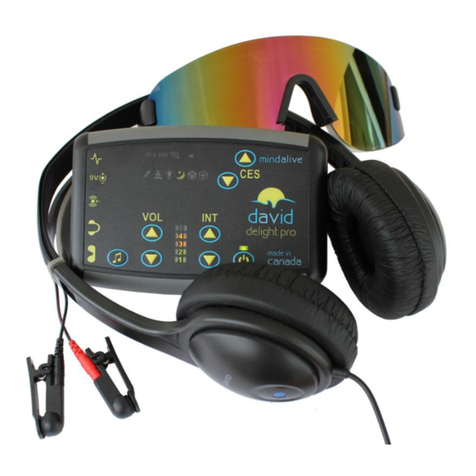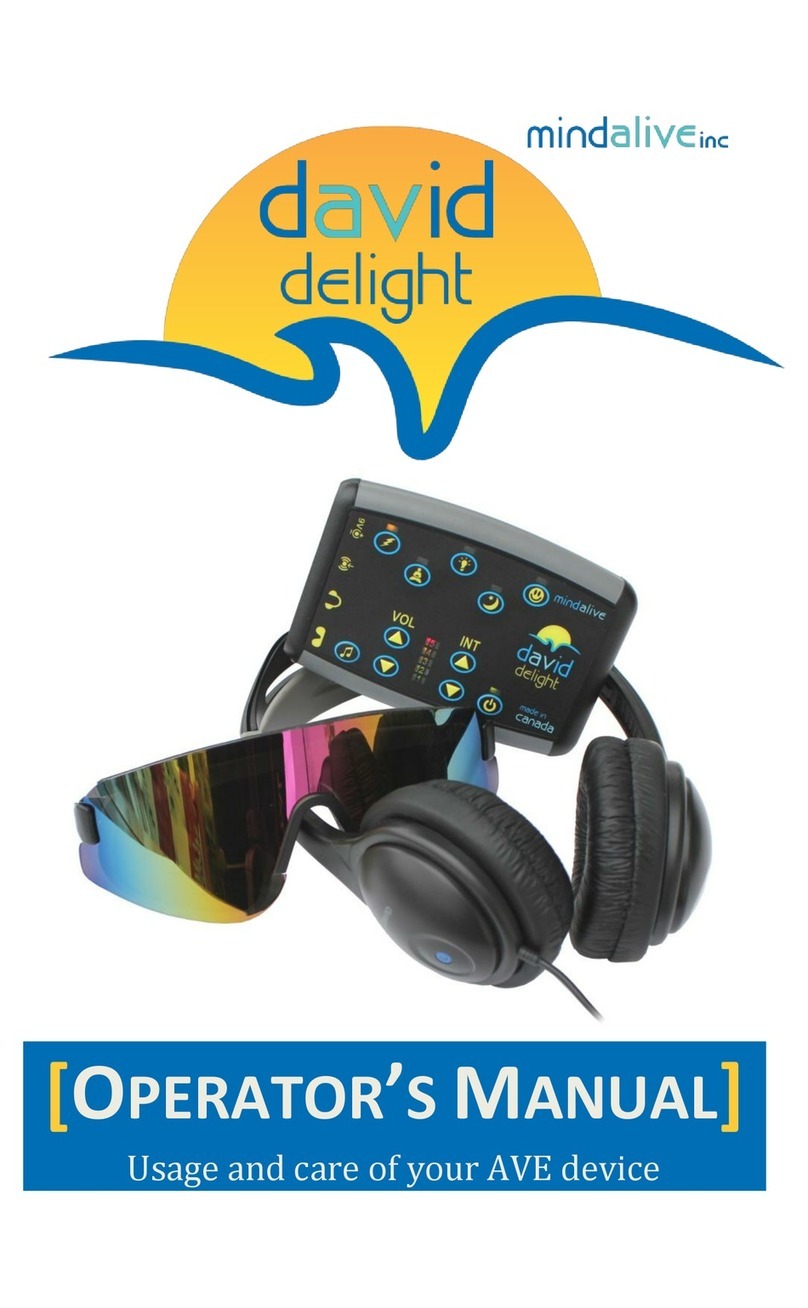
Page 7
ABOUT CES
As far back as the first century, the Greeks and Romans used the electric
eel, a variety of the “Torpedo Fish” for electrical stimulation. The electric
eel was used well into the 19th century, even after the invention of
electronic stimulation devices. First century writings record placing a
live torpedo fish under the feet of a person suffering from gout to ease the
pain. There are also reports of placing these fish on people’s foreheads to
treat headaches.
Current interest in CES was initiated by Robinovitch, who in 1914 made
the first claim for electrical treatment of insomnia. In 1958, the book
Electro-Sleep reflected the first serious works on CES. This book
inspired research in Europe and in Eastern Block countries, as well as in
South America, the Orient and finally the US. Because the CES
equipment used was bulky, inconvenient, and unreliable, CES, like the
electric eel, was abandoned in favour of drug therapies.
With the invention of the transistor in the 1960s, small, low-power and
reliable CES devices were developed. By 1975 several companies in the
US and Europe were manufacturing CES devices for public use. During
this time, research on CES was quite active and scientific papers were
published.
Most studies to date have shown CES as a reliable method to reduce
anxiety and improve cognition in recovering alcoholics. Additional
studies have shown CES to be an effective tool in reducing anxiety and
improving IQ.
Research to date is quite vague on the effects of using CES at various
frequencies, citing both low and high frequencies can be effective for
improving learning and reducing anxiety. Many people who used CES
along with AVE, have reported that they experienced deeper relaxation
for prolonged periods of time. In addition to enhancing entrainment, CES
increases neurotransmitter production. These neurotransmitters are
necessary for information processing, memory, energy level and physical
well-being. When our neurotransmitters and endorphins are not produced
to necessary levels, it may lead to destructive behaviours and/or the
abuse of substances as a substitute for that “natural high”.





























